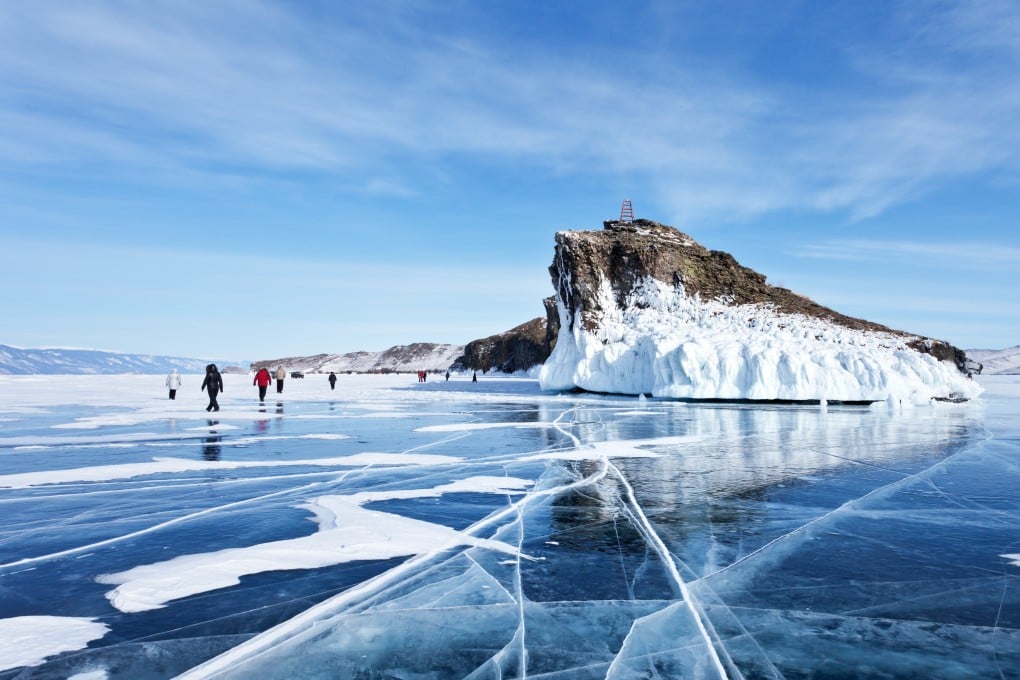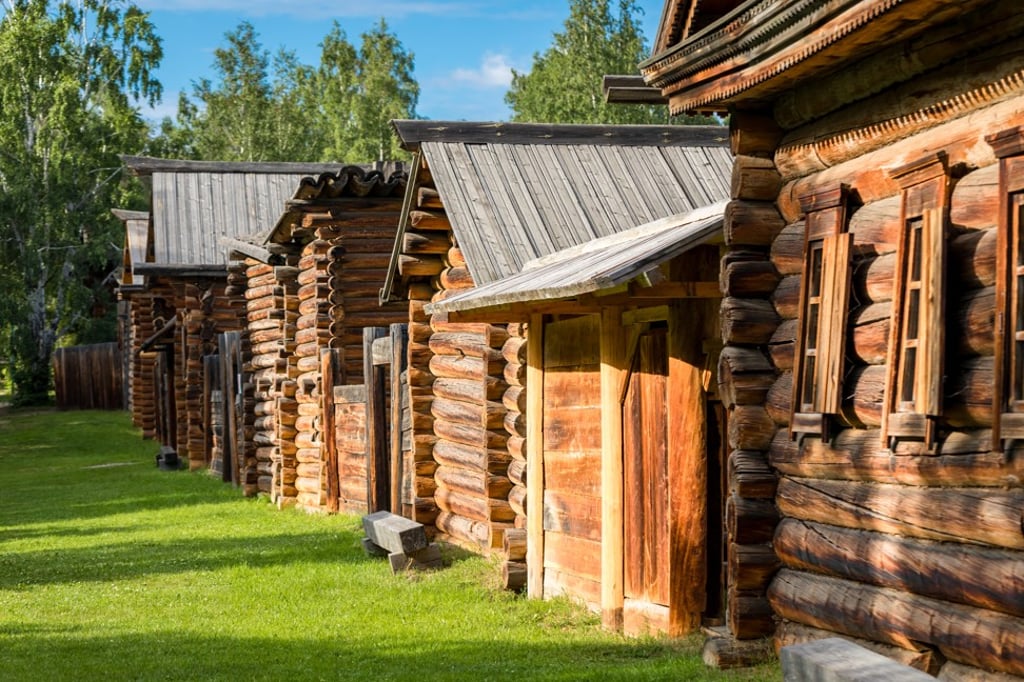Destinations known | Climate change and Chinese tourists – Russia’s Lake Baikal faces twin existential threats
- Located in southern Siberia, the world’s largest, deepest and oldest lake is at risk from overtourism
- Russian residents fear an influx from China, but climate change could prove most costly to their livelihood

Lake Baikal is no stranger to superlatives. Located in southern Siberia, Russia, the world’s largest freshwater lake by volume is also the deepest, the oldest and one of the clearest. And despite measuring 636km long, with a surface area of 31,722 sq km, the Unesco-celebrated site has fallen victim to overtourism, an unlikely outsider on the growing list of destinations under siege by sightseers.
Despite its inaccessibility – dedicated travellers reach the inland sea by air, road or train only after several hours, and in some cases days, of journeying – most visitors are drawn to Lake Baikal during its ice season, from January to April, when those crystalline waters freeze, a process that results in striking patterns being formed on the solid surface. The ice can reach a thickness of 1.5 metres and is strong enough to support most vehicles.
“The insistent urgent roar of snowmobiles is rarely out of earshot when tourist season is in full flow,” reported British newspaper The Telegraph, in June.
Last year, Lake Baikal welcomed more than 1.6 million tourists, most of whom were domestic. However, there was a 37 per cent rise in the number of Chinese travellers flowing into the area, according to the Irkutsk Tourism Agency. At a recent congress of water resource specialists, Russia’s special representative for nature conservation, ecology and transport, Sergei Ivanov, said: “Sooner or later we will have to artificially limit the flow of tourists to Baikal, as sad as it sounds. If we want to preserve Baikal’s uniqueness and keep it clean, we need to do something.”

